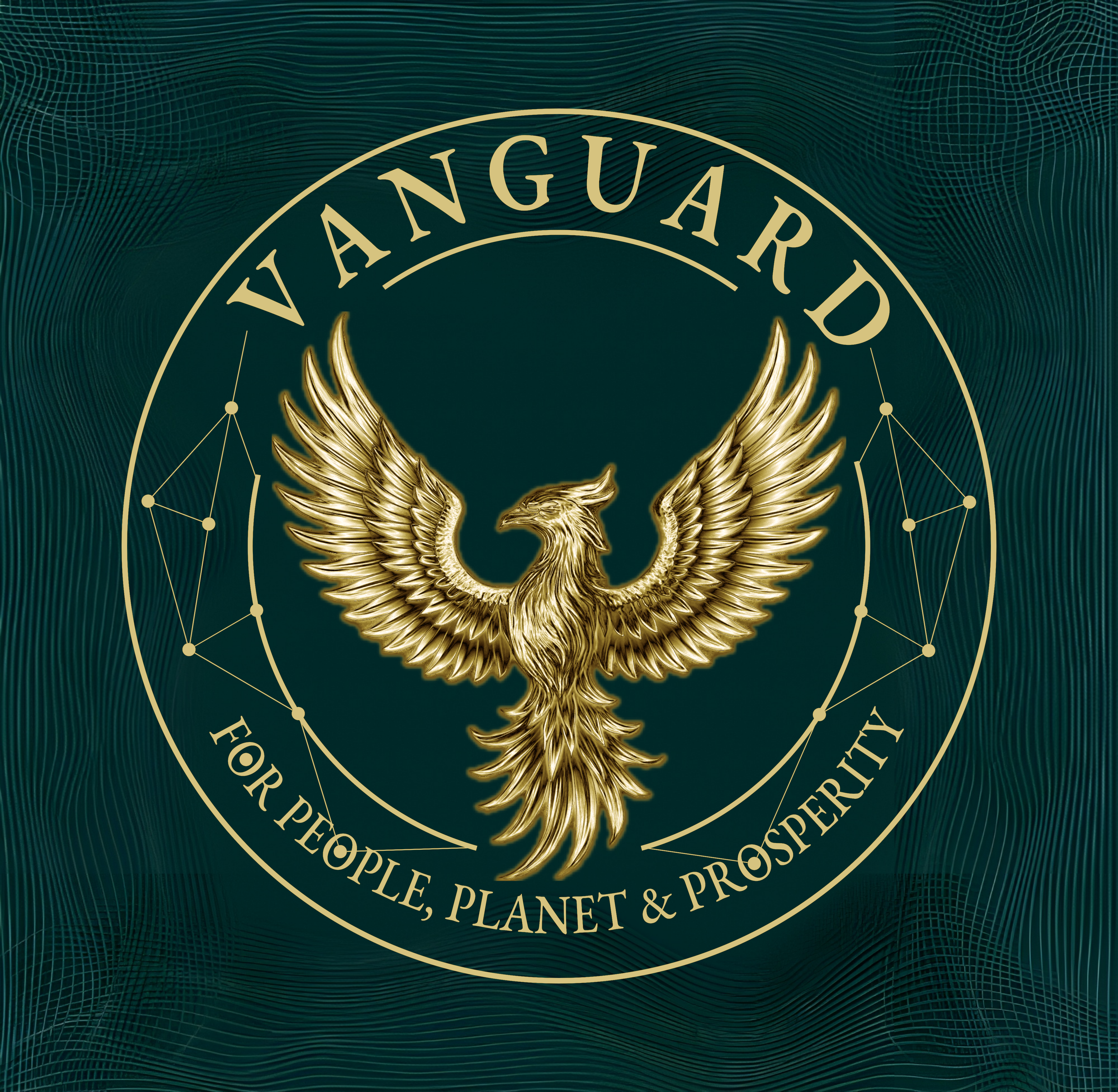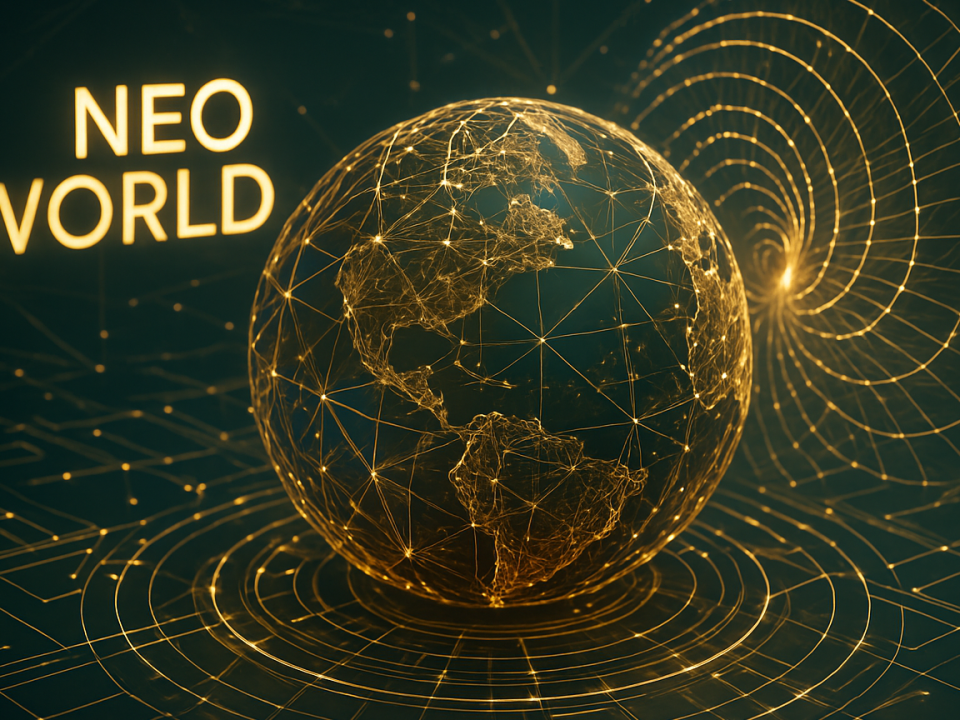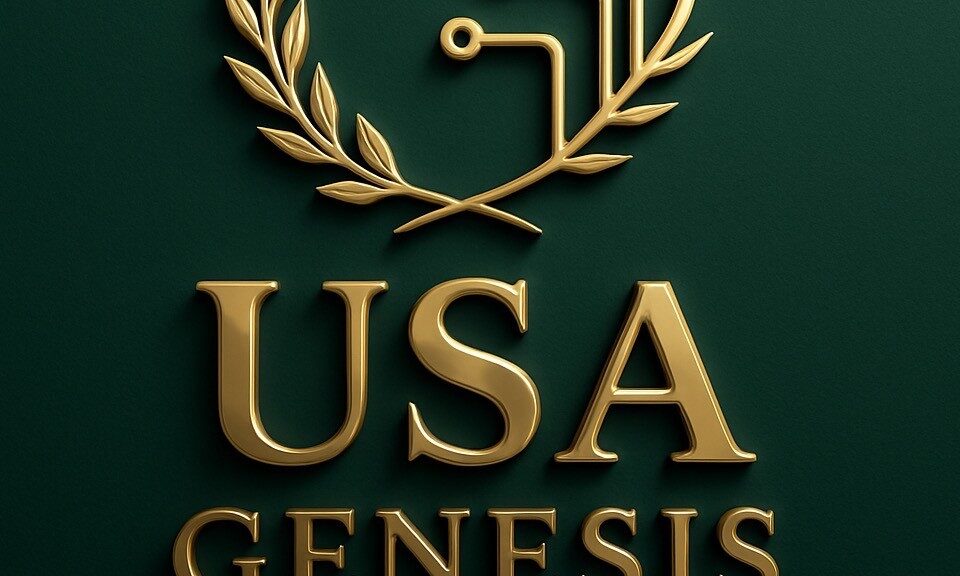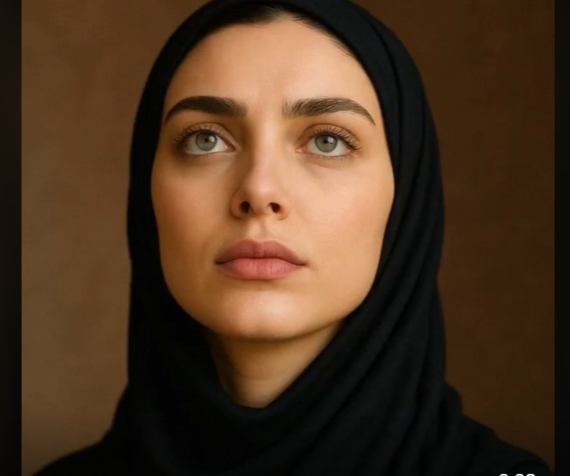Never stop learning
07/08/2025What Southeast Europe Can Learn from Monaco, Dubai, and Montenegro to Attract Millionaires
07/08/2025
Modern technological innovations are creating unprecedented opportunities for leadership transformation. This paper explores the synthesis of the Japanese concept of shokunin kushitsu (craftsman’s spirit), Renaissance business philosophy, and contemporary Vanguard Leadership concepts to propose that business represents the highest form of art.
Drawing from Benedetto Cotrugli’s 1458 work The Art of Trade and integrating modern leadership frameworks augmented with AI, we examine how leaders can cultivate mastery, ethics, and impact in a VUCA world. Through case studies from COTRUGLI Business School’s CO-LAB initiative and analysis of contemporary management challenges, this note serves as a prelude to my forthcoming book Art of Trade for the 21st Century.
The Art of Trade for the 21st Century book aims to establish a comprehensive framework for navigating a complex future where leaders will not only manage organizations and people but also AI agents that oversee other AI agents and robots. This will be a world in which leaders must evolve more rapidly than ever before in human history, balancing human and artificial intelligence.
This note builds upon my decade long extensive but unpublished research on the Art of HR and the two ARTofHR.hr conferences, where we gathered hundreds of HR leaders alongside Dave Ulrich , the greatest HR thinker. I hope The Art of HR book will eventually reach my active agenda.
Business, when practiced as creation for the common good—whether supported by AI or not—surpasses traditional transactional frameworks and opens opportunities for humanity’s greatest collaborative works of art. The note highlights practical implications for leadership education and organizational transformation in the context of Industry 5.0 and sustainable business.
Where Ancient Wisdom Meets Digital Innovation
In an age dominated by quarterly reports, algorithmic trading, and disruptive artificial intelligence, the idea of business as “art” may sound anachronistic, or even off-putting to many. Yet history offers profound insights: the tradition of the Japanese master craftsman (shokunin) and the Renaissance paradigm of the trader-philosopher are poised to be amplified in our AI-led era. Both traditions demonstrate that mastery, ethics, and social purpose can elevate commerce from mere transaction to transformation—from exploitation to meaningful expression.
Through studying business history, which led to founding the world’s first business museum (https://worldbusinessmuseum.com), it becomes clear that these historical foundations could provide essential guidance for contemporary leaders.
This fusion creates what we present as a practical framework: Vanguard Leadership—designed for increasingly complex, AI-saturated business environments. Traditional boundaries between human intuition and machine intelligence are dissolving, opening up possibilities for “centaur leadership”—a hybrid approach that combines the artisan’s dedication to perfection with AI’s efficiency and power.
Why is this particularly important? Every master—whether sculptor or architect—depends on others to complete their creation, present it to clients, and ultimately deliver it to end users. This entire value chain closely resembles the competencies taught in the #COTRUGLI #MBA program. With AI’s rise, the process from creation to production, marketing, sales, and customer support can already be largely automated using AI and other modern technologies like blockchain and robotics. This value chain will only become more efficient, enabling creators who master these technologies to become less dependent on others, as is essentially the case today.
Leaders and entrepreneurs never stop learning. This has always been true, but in today’s and tomorrow’s world, continuous learning will not merely be a competitive advantage—it will be essential for survival.
The Japanese concept of shokunin kushitsu teaches that greatness develops through disciplined repetition, humility, and social commitment. Meanwhile, Benedetto Cotrugli’s 1458 Art of Trade provides a framework for viewing commerce as both a technical discipline and moral practice. Through the lens of contemporary Vanguard Leadership theory and AI augmentation, this article presents these historical traditions as a compass for leaders who care not only about personal success—an imperative and fuel for growth—but also about preserving human values while navigating 21st-century complexities.
The Provocative Thesis: Business as Ultimate Art
This note presents a provocative thesis: business, when practiced with the dedication of the shokunin, the moral framework of Cotrugli, and the adaptive capabilities of AI-empowered Vanguard Leadership, becomes a framework for profound creation. The success of such creation can be measured by market recognition and the number of lives it transforms for the better.
In essence, a creation worth millions holds more value than one worth thousands. A creation worth billions naturally surpasses one worth millions. We are entering an era where trillion-dollar creations will become increasingly common. Yet the more critical metric remains how many lives a creation has changed.
The difference matters whether a song reaches millions or billions of listeners, whether you positively impact thousands, millions, or billions of people, whether you plant one tree or a million. Still, even a single life changed for the better, or one tree planted, creates a meaningful impact.
Call to everyone: learn and work to increase your capacities for greater income for you and your family, more impact on others, and more positive influence on the planet. We have entered an age where, supported by AI and other frontier technologies, we can all achieve more and perform better. This is not merely a metaphor but a genuine opportunity to reshape business into a collaborative artistic endeavor.
This post serves as a note for ongoing research into the intersection of traditional craftsmanship, Renaissance business philosophy, and contemporary AI-enhanced leadership, pointing toward a future where business transcends transaction to become humanity’s most excellent collaborative art form.





